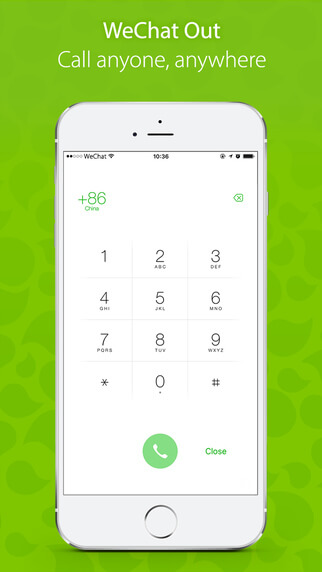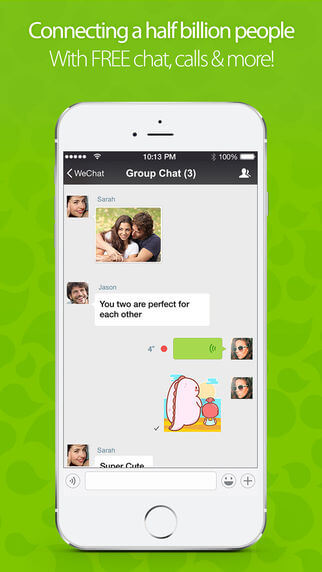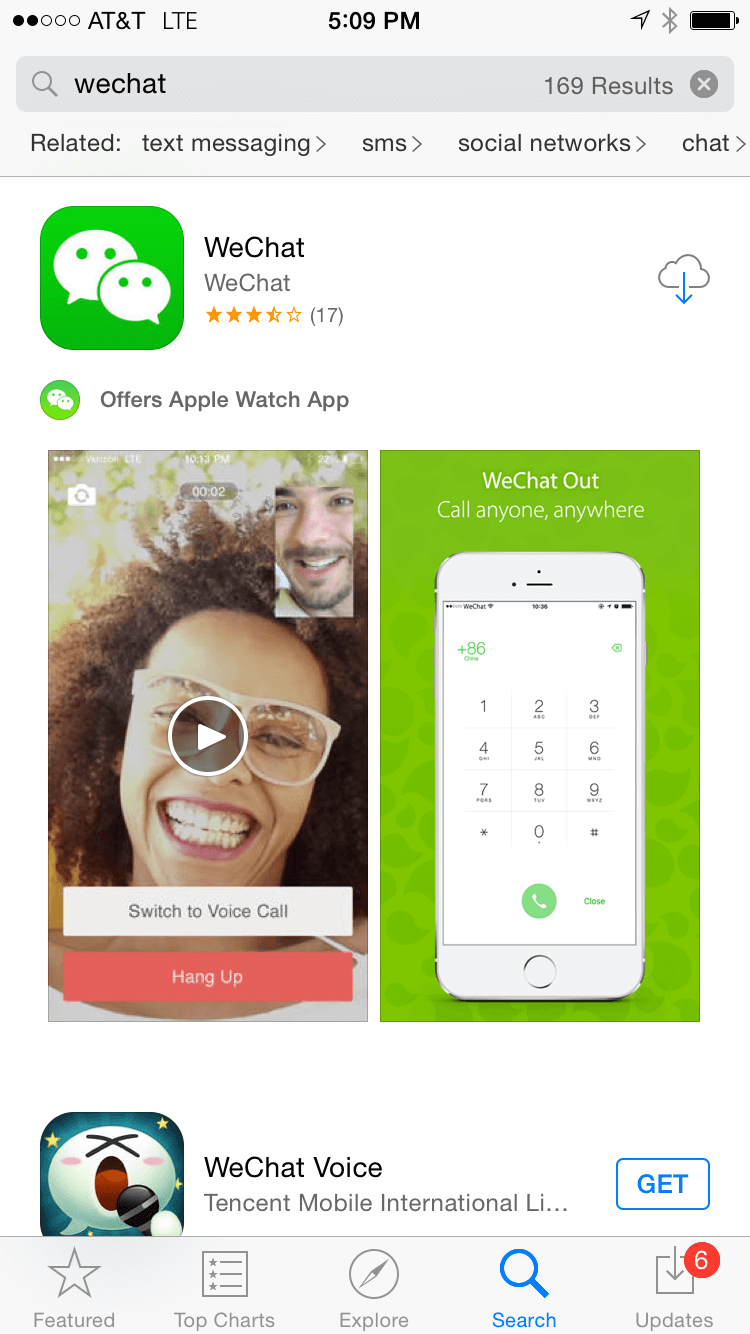
5 Best Practices for Apple Search Ads
Posted on July 3rd, 2024
Are you leveraging Apple Search Ads the right way? Take a look at these recommendations to optimize your paid campaigns and target the right users.

Localization is an important step in the growth of any app. Many developers focus squarely on the United States, but China has actually surpassed the US in iOS downloads, and Japan continues to produce the most revenue for Google Play. Now, countries like China, Japan, the United Kingdom and Russia represent significant untapped markets for many developers. If you had the chance to increase your app’s potential userbase exponentially, wouldn’t you take it? For that reason alone, localization is a must for any serious app developer. However, the localization process leaves many lingering questions, and not all localizations are created equal. A strong localization takes into account not only your app’s title and keywords, but your screenshots as well. After all, these images will take up the majority of your listing on iOS, and on Google Play they are one of the first elements on your app’s store page. When localizing an app, adding your screenshots is the second step of the submission process - and it should be treated with a proportionate level of importance. Users may never even read your translated description, but they will definitely see your screenshots! The creative used on an app page is crucial for conversion in new territories, so you should try to use localized images whenever possible. For example, if you’re localizing a GPS app for China, you’ll want to trade the US maps for Chinese ones and swap US landmarks in your images for, say, the Great Wall. Similarly, if you’re developing a cooking app, you might want to include images of local delicacies in order to entice new audiences into downloading. When it comes to localization, you’ll want to do as much research as possible in order to truly appeal to users’ sensibilities, no matter what the topic at hand may be. Similarly, some countries may prioritize certain features over others. When positioning your app for a new territory, you’ll want to research trending features and position those towards the front of your screenshots so they will be immediately visible to browsing users. For example, WeChat’s group chat and emojis are hugely popular in China. If your app features something similar, why not highlight it in one of your first two screenshots? Speaking of WeChat, this popular messaging app is actually a solid example of screenshot localization. Check out the app’s first three US screenshots below: 

 And compare them with the app’s screenshots in China:
And compare them with the app’s screenshots in China: 

 Note how the app has been repositioned ever so slightly to emphasize freedom of communication in the United States, and the size of the userbase (complete with group chatting and emojis) in China. When localizing your app, your first two screenshots can make all the difference for conversion, particularly on iOS. Just take a look at the search results below:
Note how the app has been repositioned ever so slightly to emphasize freedom of communication in the United States, and the size of the userbase (complete with group chatting and emojis) in China. When localizing your app, your first two screenshots can make all the difference for conversion, particularly on iOS. Just take a look at the search results below:  Each listing only has room for two screenshots, and if your app has a video - like WeChat (pictured above) does - that only leaves you with one screen to convey your most vital points of information. Suddenly, that subtle difference in screenshot ordering between territories becomes absolutely vital. Localizing your app may seem complex, but in the end it’s all about understanding the wants and needs of each territory you enter. Translate the language in your screens, use images that local audiences can relate to, and reposition your most important features towards the front of your screenshots, and you’ll have a solid foundation for any new territory you decide to venture into.
Each listing only has room for two screenshots, and if your app has a video - like WeChat (pictured above) does - that only leaves you with one screen to convey your most vital points of information. Suddenly, that subtle difference in screenshot ordering between territories becomes absolutely vital. Localizing your app may seem complex, but in the end it’s all about understanding the wants and needs of each territory you enter. Translate the language in your screens, use images that local audiences can relate to, and reposition your most important features towards the front of your screenshots, and you’ll have a solid foundation for any new territory you decide to venture into.

Are you leveraging Apple Search Ads the right way? Take a look at these recommendations to optimize your paid campaigns and target the right users.

Ghostly happenings are among us... and in your app listing too? If you aren't leveraging the power of app seasonality to make relevant tweaks to your store listing you're leaving precious engagement and conversions on the table.

Developers on the iOS App Store should plan in advance of the upcoming Holiday Schedule to allow enough time for apps to get approved during the busy holidays.